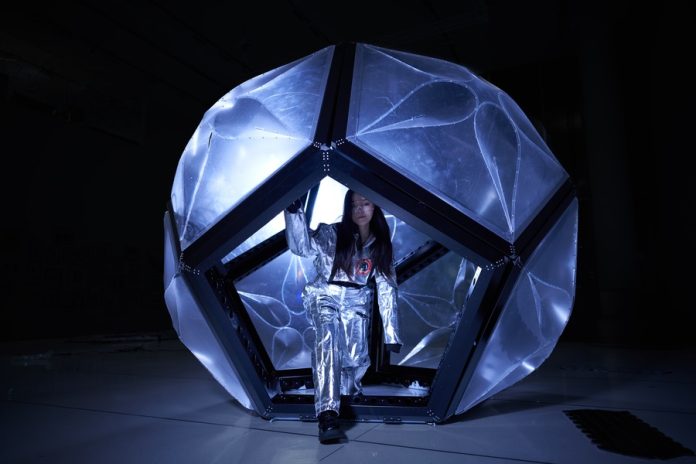
MIT students are stepping into the future with a unique challenge: designing homes and workplaces for humans on the moon.
This spring, a special course at MIT brought together students from different fields to imagine, design, and build prototypes for lunar habitats.
The course, called Space Architectures, was a collaboration between MIT’s departments of Architecture, Aeronautics and Astronautics (AeroAstro), and the Media Lab’s Space Exploration Initiatives group.
NASA’s Apollo missions in the 1960s and ’70s were all about landing on the moon, collecting samples, and coming back home.
Now, NASA’s new program, Artemis, aims to establish long-term bases both in orbit and on the moon’s surface.
This is where the MIT course comes in, preparing students to think about what it would take to live and work on the moon for extended periods.
The course attracted 35 students from across MIT. Jeffrey Hoffman, one of the course instructors and a former NASA astronaut, wasn’t surprised. “A lot of students at MIT are excited about space,” he said.
Many of these students dream of becoming astronauts, and this course gave them a chance to turn those dreams into practical designs for lunar habitats.
A key feature of the class was the blend of architecture and engineering students. Each group brought different perspectives to the table. Architects focused on creating comfortable living spaces, while engineers considered the technical challenges of the harsh lunar environment.
The students also visited NASA’s Johnson Space Center, SpaceX’s launch facility, and a 3D printing construction site in Texas to gain real-world insights.
Space is extremely hostile. Hoffman reminded the students that without proper protection, they would not survive more than a few seconds on the moon’s surface. This reality shaped their designs.
The students formed seven teams, each tasked with developing a unique project. Many teams chose inflatable structures because they can be easily transported and set up on the moon.
One team designed a modular inflatable science library that can support four people. Another team created an inflatable habitat for short-term shelter, and yet another designed a semi-permanent habitat for use before a permanent lunar base is established.
Working together wasn’t always easy. Annika Thomas, a mechanical engineering doctoral student, explained that integrating ideas from both architects and engineers was challenging at first.
Over time, the teams found ways to communicate and combine their different approaches.
Architecture student Juan Daniel Hurtado Salazar noted that architects often focus on the big picture and aesthetics, while engineers deal with technical details from the start. This collaboration forced both sides to think about all aspects of the design from the beginning.
The students’ final projects were diverse, reflecting the many ways humans might live on the moon. Cody Paige, another course instructor, emphasized that despite limited options for sustaining life on the moon, the students’ creativity led to innovative designs.
They had to consider materials, transportation, assembly, functionality, and human experience.
Building life-size models was a crucial part of the course. Paige explained that while AI is helpful, hands-on experience with materials is invaluable. The students learned a lot by physically working with the materials they designed.
Skylar Tibbits, an architecture professor and course instructor, highlighted the need to train students for the future of space exploration.
As astronauts spend more time on the moon, the need for comfortable and functional habitats will grow. This course is just the beginning, with plans to extend it into a multi-year program focusing on extreme environments both in space and on Earth.
The demand for experts in this field is rising. Annika Thomas is now working on robotics for space, and her teammate Palak Patel is focused on materials for extreme environments. The course will continue, offering students the opportunity to be pioneers in designing for space.
MIT’s Space Architectures course is not just about dreaming of the future; it’s about building it.
With ongoing collaboration and growing interest, the designs created by these students might one day become the lunar habitats we see in space missions.



